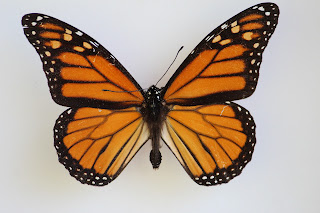Search This Blog
Questions about insects, spiders, scorpions or other creepy crawlers? Tune into this blog to learn about what's buggin' you!
Posts
Showing posts from August, 2022
It Rained... Can We Expect Mosquitoes?
- Get link
- X
- Other Apps
Endangered Species? What Does This Mean for the Monarchs?
- Get link
- X
- Other Apps

.png)



